Growth in Aesthetic Dentistry
The growing trend towards aesthetic dentistry is influencing the Dental Implant Motors Market significantly. Patients are increasingly seeking dental procedures that enhance their appearance, leading to a rise in demand for dental implants. This trend is particularly pronounced among younger demographics who prioritize cosmetic enhancements. Market analysis indicates that the aesthetic dentistry segment is projected to grow at a rate of 12% annually, reflecting the increasing consumer focus on dental aesthetics. As a result, dental implant motors that facilitate precise and aesthetically pleasing results are becoming essential tools for dental practitioners. This shift towards aesthetic considerations is a crucial driver for the Dental Implant Motors Market.
Rising Awareness of Oral Health
There is a notable increase in awareness regarding oral health and hygiene, which is positively impacting the Dental Implant Motors Market. Educational campaigns and initiatives by health organizations are encouraging individuals to seek dental care proactively. This heightened awareness is leading to an increase in dental visits, where procedures involving dental implants are becoming more common. As patients become more informed about the benefits of dental implants, the demand for high-quality dental implant motors is likely to rise. Market data indicates that regions with robust oral health education programs are witnessing a faster adoption of dental implant technologies, thereby propelling the growth of the Dental Implant Motors Market.
Expansion of Dental Clinics and Practices
The expansion of dental clinics and practices is a significant factor driving the Dental Implant Motors Market. As more dental professionals establish practices, the demand for advanced dental equipment, including implant motors, is increasing. This trend is particularly evident in emerging markets, where the establishment of new dental facilities is on the rise. Data suggests that the number of dental clinics is expected to grow by approximately 15% over the next few years, creating a larger market for dental implant motors. This expansion not only increases competition among manufacturers but also encourages innovation in product offerings, further stimulating the Dental Implant Motors Market.
Increasing Prevalence of Dental Disorders
The rising incidence of dental disorders, including tooth loss and periodontal diseases, is significantly influencing the Dental Implant Motors Market. As populations age and lifestyle factors contribute to oral health issues, the demand for dental implants is expected to rise. Reports suggest that the number of dental implant procedures is increasing annually, with estimates indicating a growth rate of around 10% in the coming years. This growing need for dental restoration solutions necessitates the use of advanced dental implant motors, which are essential for the successful placement of implants. Consequently, the increasing prevalence of dental disorders is a key driver for the expansion of the Dental Implant Motors Market.
Technological Innovations in Dental Implant Motors
The Dental Implant Motors Market is experiencing a surge in technological innovations that enhance the efficiency and precision of dental procedures. Advanced features such as torque control, speed regulation, and integrated cooling systems are becoming standard in modern dental implant motors. These innovations not only improve the quality of dental care but also reduce the time required for procedures, thereby increasing patient throughput. According to recent data, the adoption of these advanced motors is projected to grow at a compound annual growth rate of approximately 8% over the next five years. This trend indicates a strong preference among dental professionals for equipment that enhances operational efficiency and patient outcomes, thereby driving the growth of the Dental Implant Motors Market.


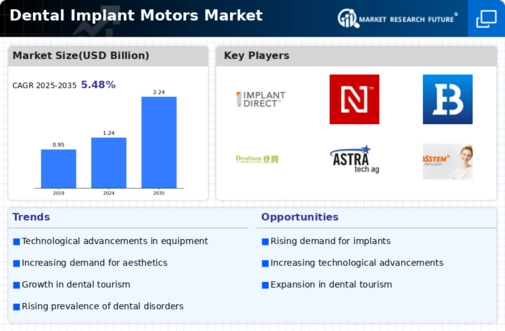
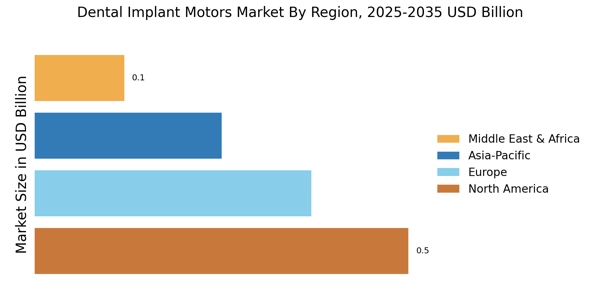

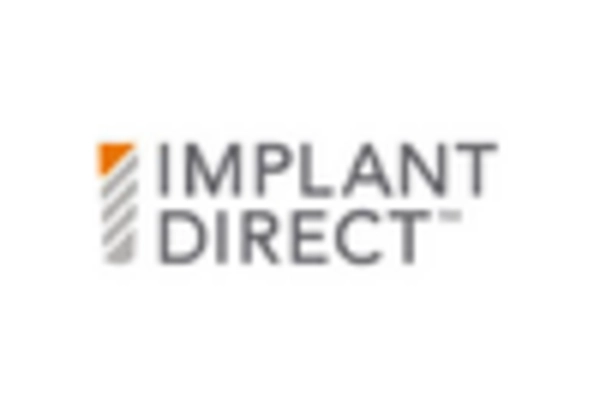
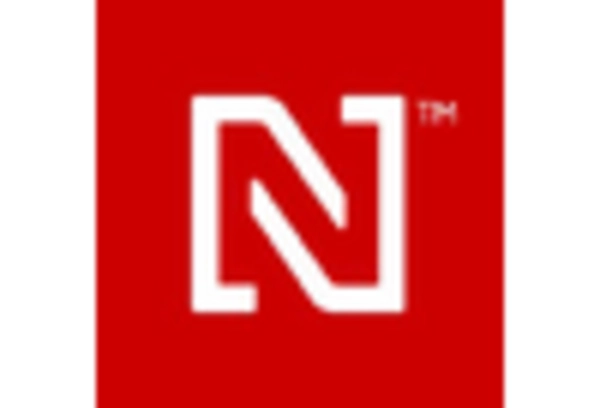

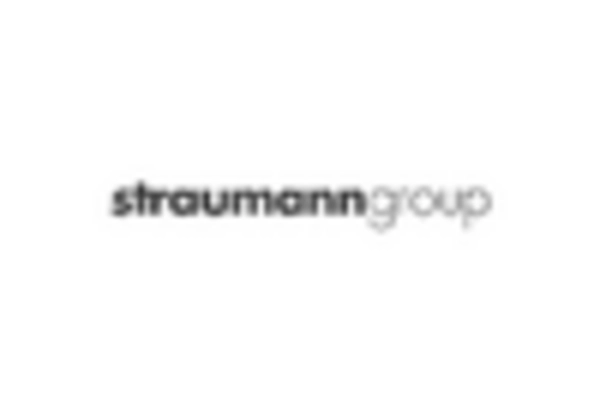









Leave a Comment